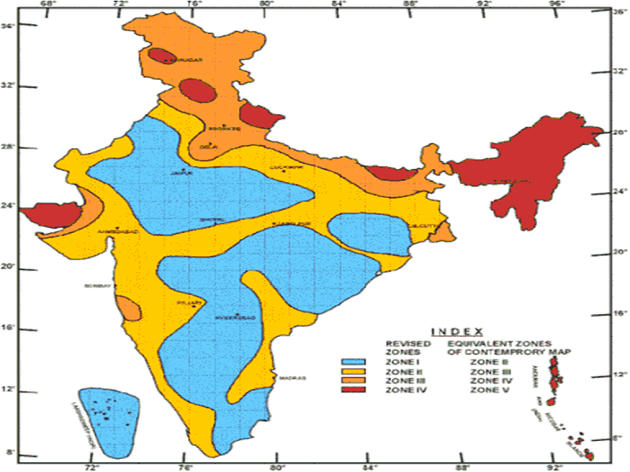Table of Contents

When and where?
- The landslide happened at 10:45 pm on August 6 at Pettimudi,
- A hamlet in Rajamala ward under Munnar village panchayat in Kerala’s Idukki district.

- 83 workers of Kanan Devan Hills Plantations Company (P) Ltd were living in Pettimudi.
- Rajamala includes Eravikulam National Park, and the landslide was triggered from a shola forest region in the national park.
- Rocks, slurry and sludge crashed down a distance of around 1½ km to a patch of valley in Pettimudi,
- Crushing the single-room houses of estate workers that stood in two rows, face to face.

Why its vulnerable?
- The location where the landslide was triggered, according to the Kerala Geology Department, has a 40° slope, and any slope above 20° is vulnerable to slipping during heavy rain.

- An analysis of landslides in Idukki by the State Disaster Management Authority has shown that high-intensity rainfall saturates the soil on the slopes.
- Soil with higher clay content has high water retention capacity and low drainage capacity, leading to high water pressure in the slope material.
- Human interventions such as heavy loading on the slopes caused by buildings on cut-and-fill ground,
- Without adequate protective measures on the uphill and downhill sides, have made the area particularly vulnerable.
- Frequent slides have resulted in blockage of river channels and changed the river’s course.

Causes for landslides in Kerala
- Unregulated quarrying
- Illegal constructions
- River-wetland encroachments
- Excessive felling of trees
- Heavy rainfall, higher than usual in northern
Landslides
- When soil, rock, and other earth debris can no longer hold it together and gives way to gravity, landslides happen.
- The downward force of a landslide can move slowly or quickly with disastrous effects.
- Landslides can even occur underwater, causing tidal waves and damage to coastal areas. These landslides are called submarine landslides.
Types of landslides
- Falls
- Topples
- Slides
- Spread




Latest Burning Issues | Free PDF






















 WhatsApp
WhatsApp